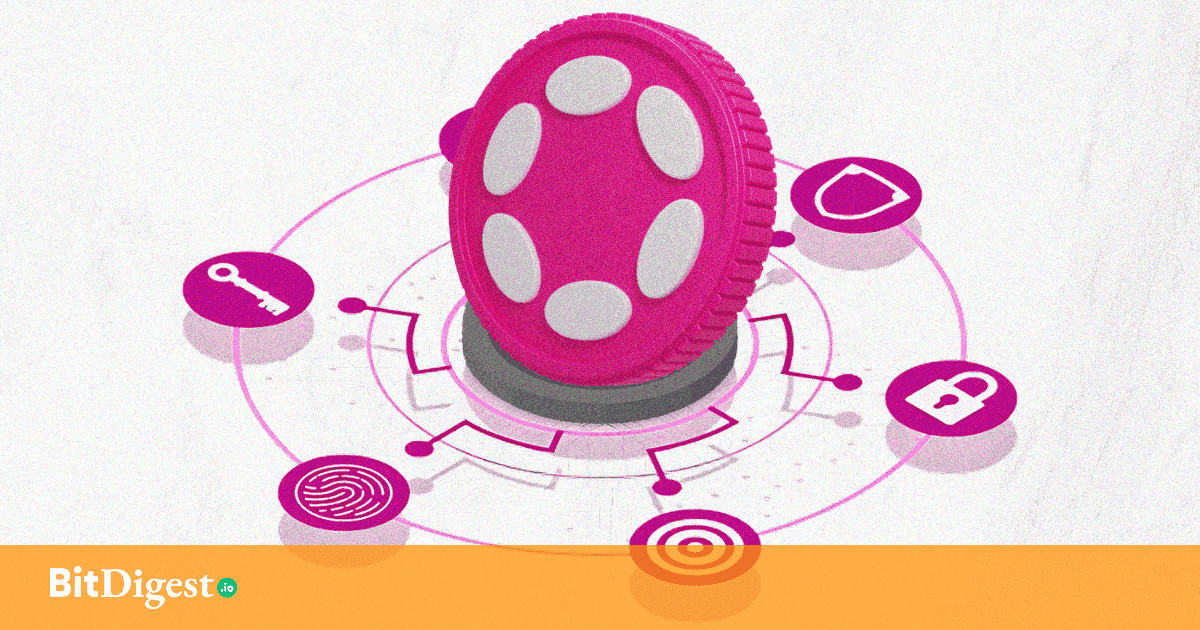How Polkadot is Rewriting the Rules of Decentralized Computing
Polkadot has long been recognized for its work on interoperability and modular blockchain design. With the launch of JAM (Join-Accumulate Machine), the network is entering a new stage; one focused not just on blockspace, but on decentralized computation itself.
JAM represents more than just an upgrade. It introduces a compute-first architecture that redefines how services run in Web3, and positions Polkadot to lead the transition from transaction-driven blockchains to scalable, verifiable compute environments.
What JAM Changes: From Transactions to Refine–Accumulate
Traditional smart contracts operate on a transaction-first basis: they execute code only when triggered by specific inputs. JAM changes this logic by introducing the Refine–Accumulate model.
Instead of treating computation as a side effect of transactions, JAM enables persistent services that run continuously and independently. The JAM runtime environment allows decentralized applications to refine logic over time and accumulate state in a verifiable way—without requiring constant user input or transaction flow. This opens the door for long-lived, stateful services on-chain—from oracles to ZK proof generators—that can scale independently.
Core-Time and the Economics of Compute
Core-Time, JAM's compute model is a new unit that meters computational work in a modular and predictable way. Under the Agile Coretime system, developers or projects can purchase slices of compute, split them, lease them, or re-sell them as needed.
This approach mirrors how cloud services allocate CPU time or memory usage but applies it within a decentralized, trust-minimized context. Unlike Ethereum’s gas model, which is tied directly to every transaction, JAM’s compute market separates execution from consensus, allowing for:
- Spam resistance through resource metering
- Predictable cost models for compute-intensive apps
- Greater flexibility in how services deploy and scale
RISC-V + PVM: A Stack for the Future
JAM introduces the Polkadot Virtual Machine (PVM), a WebAssembly-compatible execution environment that replaces the traditional relay chain's limited coordination role.
What makes this especially forward-looking is Polkadot’s choice to use the RISC-V instruction set as a foundation. RISC-V is open-source, hardware-agnostic, and increasingly adopted in embedded systems, IoT, and edge computing. This means JAM isn’t just a new protocol layer, it’s designed for composability and performance in a world where decentralized compute spans not just blockchains, but real-world devices and next-gen apps.
Developer Implications: Persistent, Modular, Scalable
For developers, JAM provides a major evolution in building decentralized services:
- Persistent runtimes: Apps can live and evolve without needing user-triggered transactions.
- Composable execution: Multiple services can share state and interoperate natively.
- No need for full parachains: Lightweight services can deploy independently under JAM.
Use cases extend beyond finance into areas like:
- AI inference models with on-chain auditability
- Zero-knowledge proof generation for privacy and scalability
- On-chain gaming with persistent world states
Toward a Global Compute Commons
JAM reflects a broader industry shift from siloed blockchains to shared compute infrastructure. Like how the electrical grid powers multiple industries, JAM is designed to be a decentralized operating system that supports diverse applications.
With validator incentives aligned to compute validation (not just transaction processing), and compute abstraction decoupled from monolithic chains, JAM paves the way for modular innovation, cost-efficient deployments, and sustainable economic models for long-term use
Polkadot’s JAM is more than a technical leap, it’s a philosophical reorientation. By prioritizing computation over transactions and enabling services to live natively within a shared, verifiable environment, JAM marks the emergence of compute as public infrastructure.
It redefines what a blockchain can be in the age of AI, privacy, and scale. And it brings us one step closer to a decentralized internet where logic, not just data, runs trustlessly across the world.
.svg)


.svg) SHARE TO FACEBOOK
SHARE TO FACEBOOK SHARE TO TWITTER/X
SHARE TO TWITTER/X SHARE TO LINKEDIN
SHARE TO LINKEDIN SEND TO MAIL
SEND TO MAIL





.svg)


.svg)